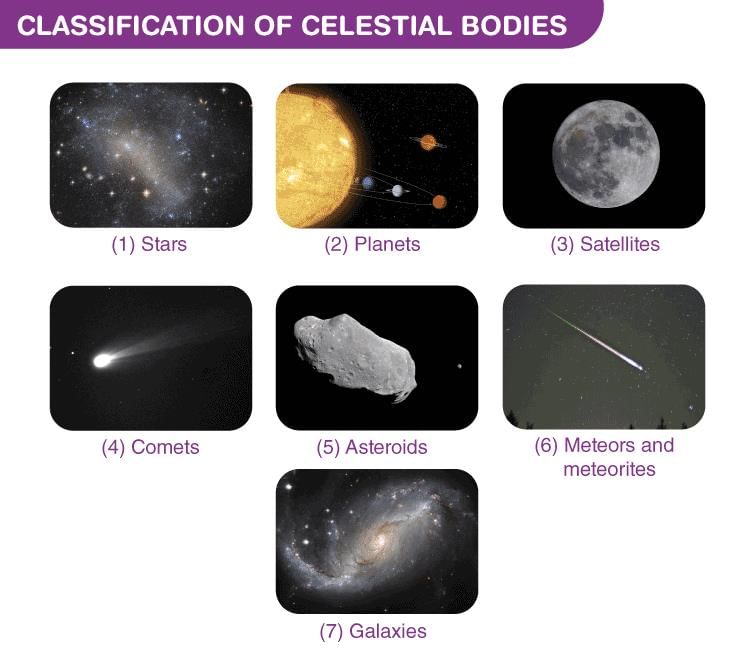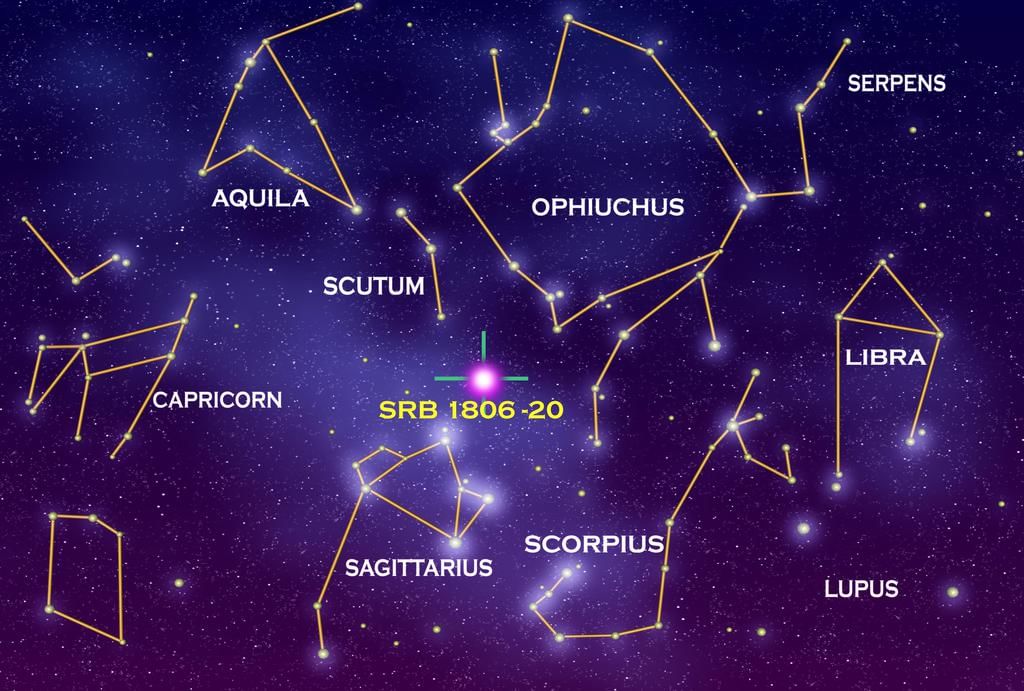UPSC Exam > UPSC Notes > Additional Study Material for UPSC > NCERT Gist: The Earth in The Solar System
NCERT Gist: The Earth in The Solar System | Additional Study Material for UPSC PDF Download
Introduction
- The sun, the moon, and all those objects shining in the night sky are called celestial bodies.

- Stars-celestial bodies-very big and hot-made up of gases-have their own heat and light.
- Constellations-various patterns formed by different groups of stars (Ursa Major or Big Bear is one such constellation)- Saptarishi (Saptaseven, rishi-sages). It is a group of seven stars.
 Constellation
Constellation - Pole Star-North star which indicates the north direction in ancient times
- Planets-do does not have their own heat and light-gets all their heat and light from the sun our nearest star.
- The moon-a satellite that moves around the earth in about 27 days, has mountains
- Interesting Fact-Jupiter, Saturn, and Uranus have rings around them. These are belts of small debris.
- These rings may be seen from the earth with the help of powerful telescopes.Question for NCERT Gist: The Earth in The Solar SystemTry yourself:The planet nearest to the sun isView Solution

The Solar System
Planets
- Mercury, Venus, Earth, Mars, Jupiter, Saturn, Uranus, and Neptune.
- Orbits-All the eight planets of the solar system move around the sun in fixed paths. These paths are elongated. They are called orbits.
- Venus is considered as ‘Earth’s-twin’ because its size and shape are very much similar to that of the earth.
- Pluto-dwarf planets.
The Earth
- The third nearest planet, the fifth-largest planet-its shape is described as a Geoid (because it is slightly flattened at the poles)
- Interesting Fact-Neil Armstrong was the first man to step on the surface of the moon on 21 July 1969.
- Indian satellites in space-INSAT, IRS, EDUSAT (They are manmade)
- A galaxy- a huge system of billions of stars, and clouds of dust and gases
- Asteroids-tiny bodies that move around the sun, found between the orbits of Mars and Jupiter
- Meteoroids-small pieces of rocks that move around the sun.
The document NCERT Gist: The Earth in The Solar System | Additional Study Material for UPSC is a part of the UPSC Course Additional Study Material for UPSC.
All you need of UPSC at this link: UPSC
|
20 videos|561 docs|160 tests
|
Related Searches

















